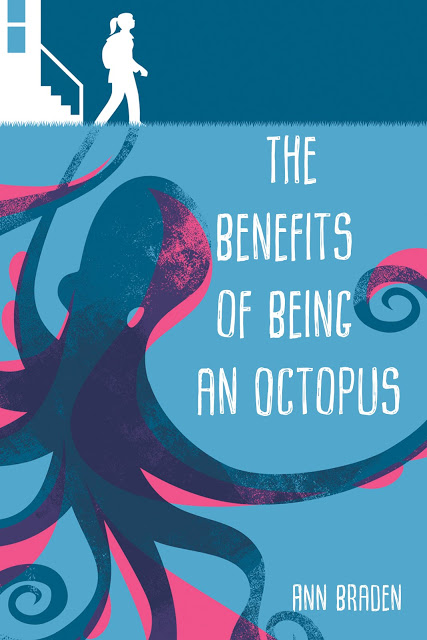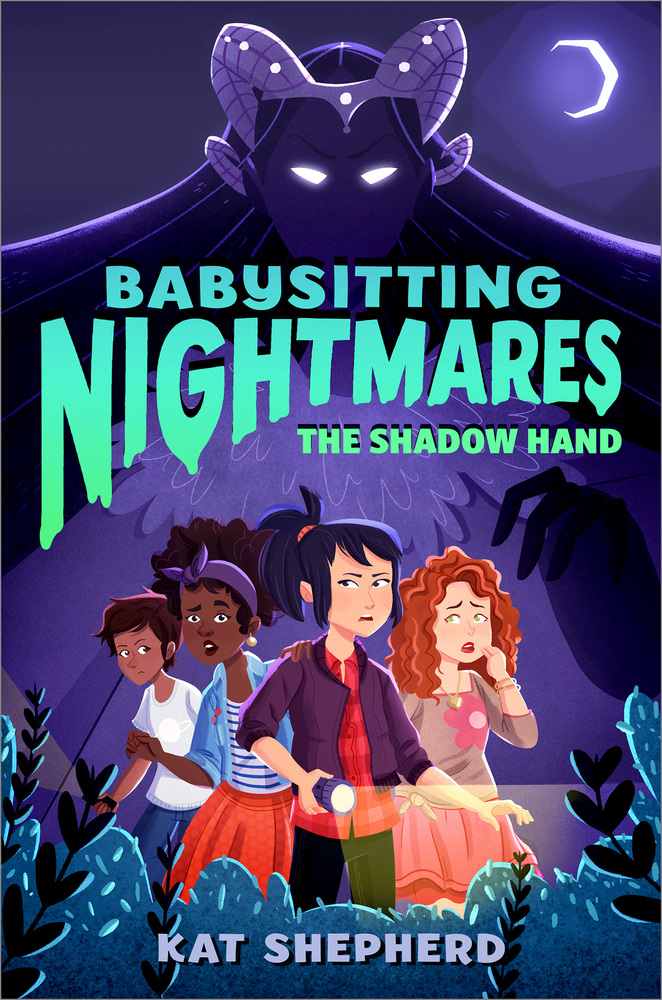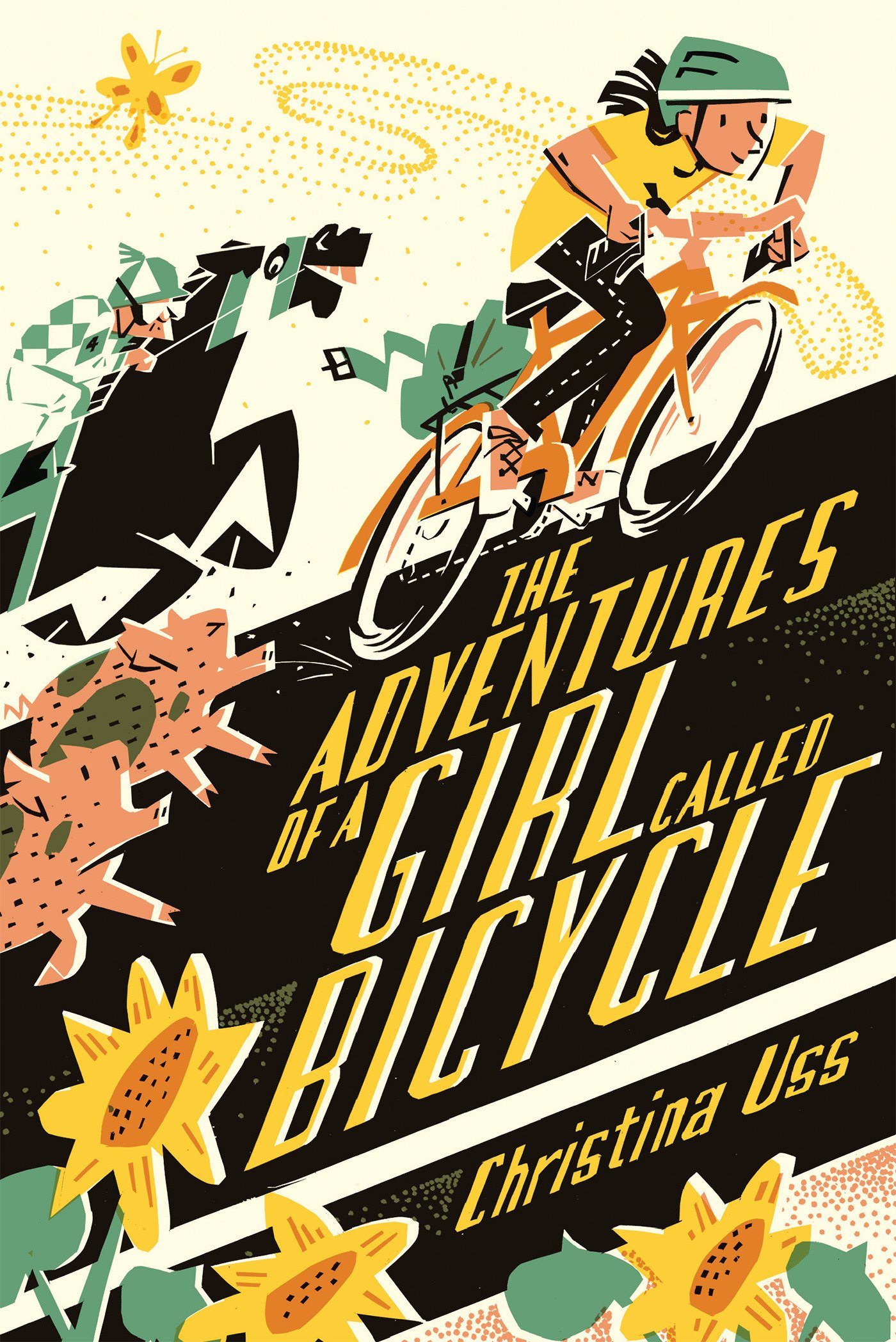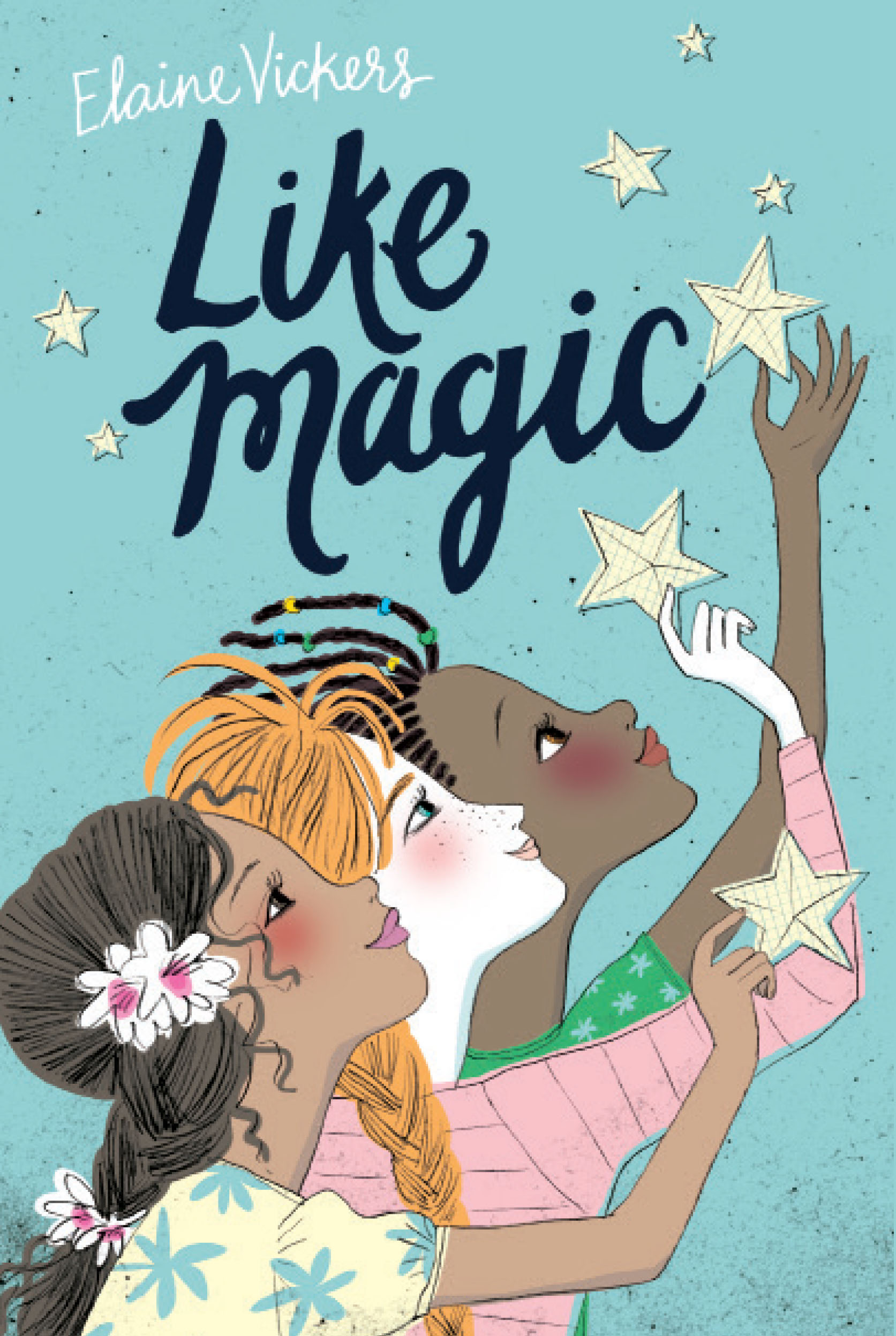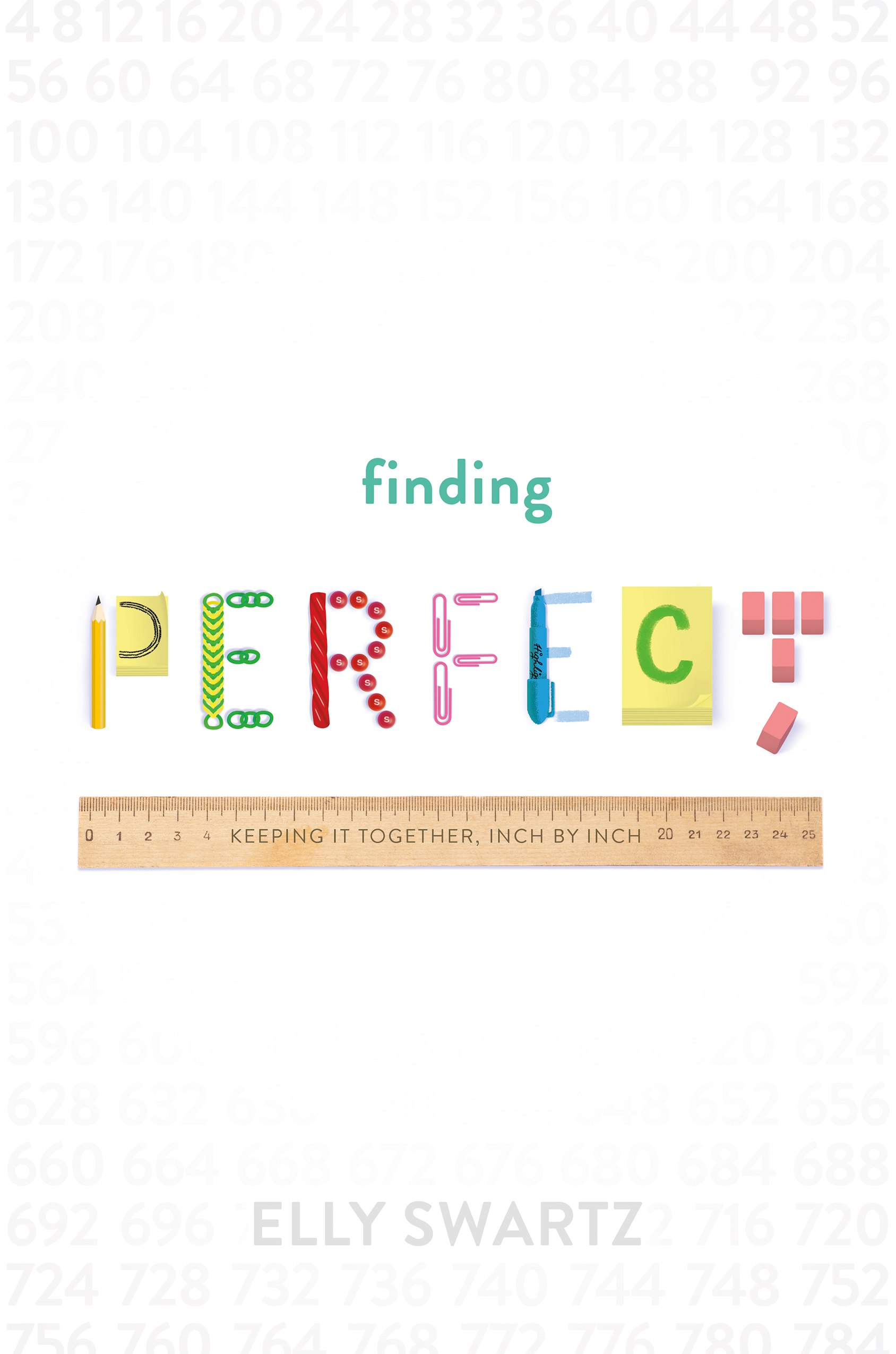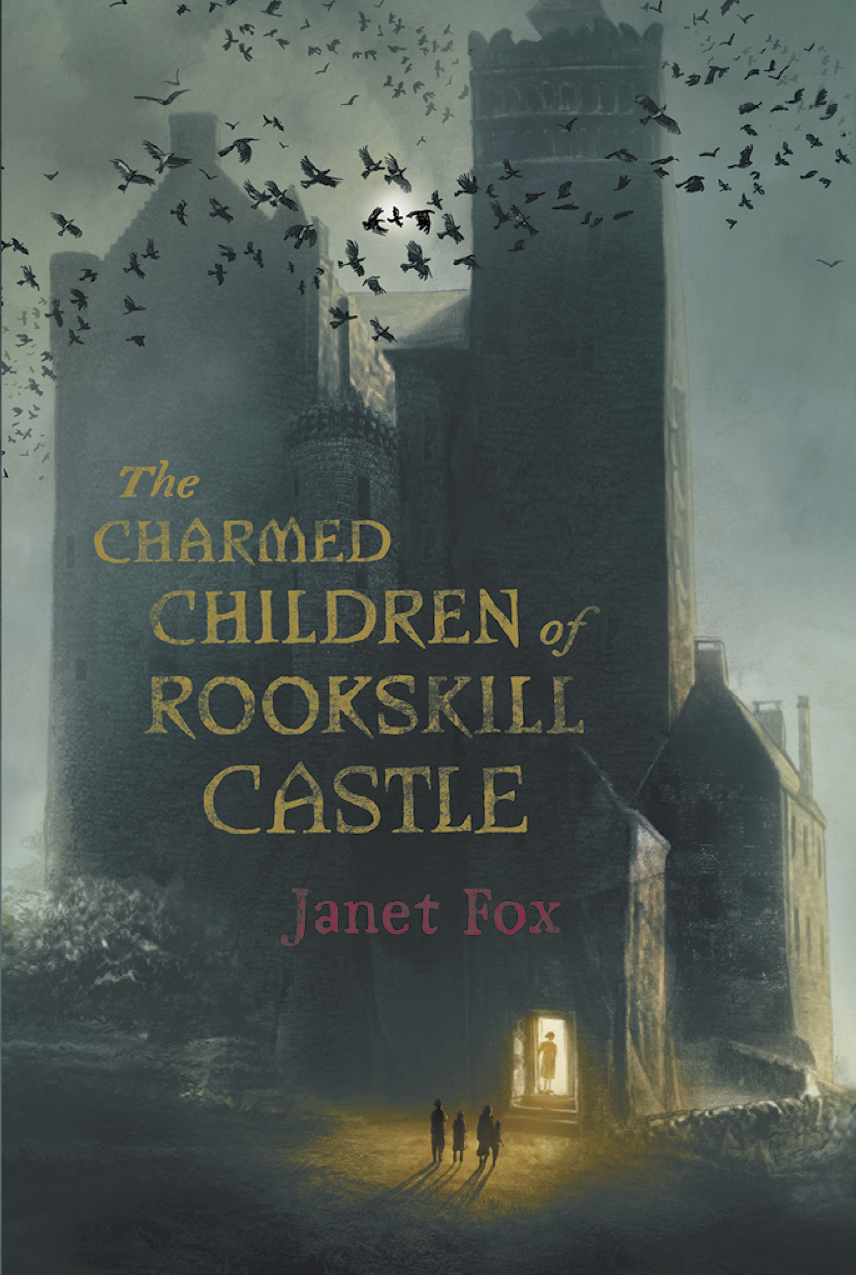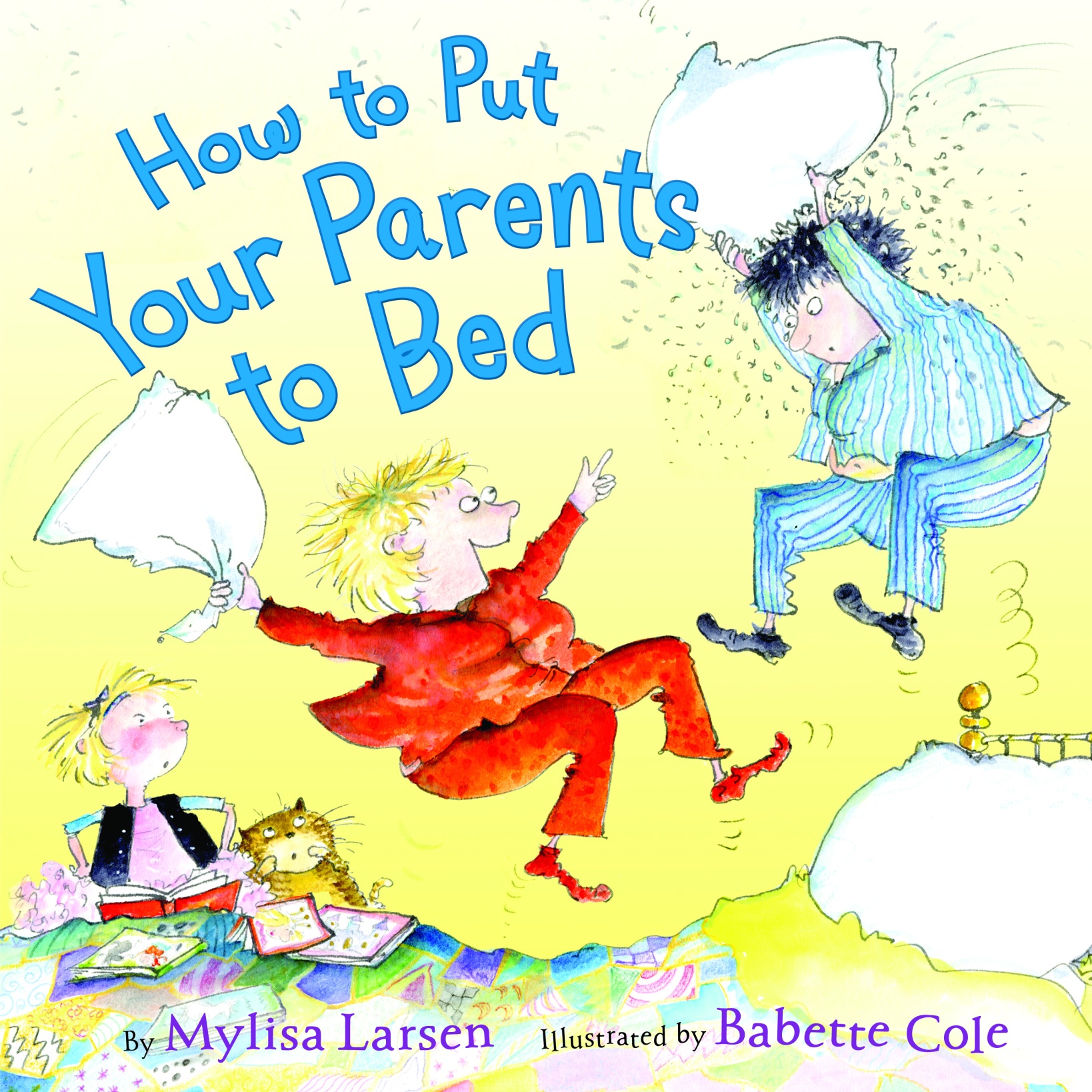Long before I ever started writing fiction, I worked as a script reader for studios specializing in children and family entertainment. It was a low-level freelance job that paid just enough to cover my monthly cellphone bill, but it was perhaps the best education I could ever have asked for as a writer.
My job was to read and provide “coverage” of screenplays that had been submitted to the studios, i.e. giving a brief summary of each script’s story, critiquing it, and determining whether it was a good potential fit for the studio. One of the most important things coverage did for me was it moved me away from thinking of a story as either something I liked or didn’t like, and instead moved me to approach every story as a potential problem to solve. Whether a script was initially a strong one or a weak one, my number one job was to approach it with the goal of figuring out how to make it better. That’s right; one of the first lessons that Hollywood taught me is that nothing is perfect, and almost everything is fixable.
Like a lot of writers, I tend to be a perfectionist with a flair for the dramatic. When I’m writing it feels like every sentence is a high-stakes decision that will determine the ultimate fate of the book, my career, and possibly even my ability to survive another day on this planet. While it can be paralyzing, before I sold anything that wasn’t that necessarily a big a problem for me. If I wanted to take years to write a book I could. But when deadlines come into the picture, perfectionism is no longer a workable plan, especially when those deadlines usually aren’t that far apart. Now when I’m working on a first draft, my husband and I have a joke in our house: “We’ll fix it in post.” It’s a reference to the cherished Hollywood tradition of fixing errors in the post-production editing process, after the movie has finished shooting. In the film and TV business, nothing is ever considered a perfect finished product up until the very moment it’s released, and then the audience and critics can gleefully start ripping it apart.
Hollywood is known for its short attention span. Studio execs are inundated with hundreds of scripts a month, and they might hear several dozen pitches a day. As a result, they wanted their notes broken down in easily-distilled categories. The execs I worked with were most interested in four main elements: premise, plot structure, characterization, and dialogue. By focusing on specific elements rather than the piece as a whole, it allowed me to determine what made a particular story resonate or fall flat. I could quickly identify strengths, and if something didn’t land, it gave me an efficient way to figure out what wasn’t working and why.
This has been invaluable in my own work. I always start with the story’s concept or premise. Hollywood is big on “high concept” ideas. This simply means that your story’s premise can easily be pitched and communicated. It succinctly answers the question, “What is this about?” Because I write for kids, having a high concept idea is a pretty good place to start. If a bunch of kids want to know what my book series is about, I want to make sure I can pitch it to them in one sentence and grab their attention before they lose interest and scatter. Not every great idea has to be high-concept, but I have found in my own work that if I can’t easily communicate my premise, it might be a sign that my story has problems.
Highlighting the importance of plot might be the Captain Obvious move of the year, but in screenwriting when we talk about plot we’re really talking about structure and pacing. Everyone’s writing process is different, but working as a script reader turned me into a dedicated outliner. In screenwriting, structure is everything; lots of times if a story isn’t working, it is likely a problem with either the structure or the pacing. My mom always used to say, “If you don’t know where you’re going, any path will take you there.” Focusing on structure keeps me focused on where I’m going and how I’m getting there. It’s purposeful, and it makes for efficient and effective storytelling. I think of the plot structure as the skeleton of the story. If the skeleton isn’t solid, then it’s going to cause problems down the line when we start adding the rest of the body.
If the plot is the skeleton, the characters are the muscle. They do the moving and the heavy lifting. Because I was reading for a kids’ network, my job was to find kid-driven stories. If the kids weren’t driving the plot, it was a pass. As a writer I always have to make sure that my characters are driving the plot, and not the other way around. Beyond the inciting event, the story shouldn’t just happen to characters; we want it to be driven by the characters’ choices and actions. Characters also have to be rich and nuanced and feel authentic. Scripts where a character felt more like a prop, or seemed to be there solely to stand in for an idea or lesson of some kind, were less successful. For novels I lump voice in with characterization. When reading for character, I was always look for honesty and authenticity. In other words, it’s the character’s voice we want to hear, not the author’s.
Because screenplays are so reliant on dialogue, working as a reader gave me a lot of insight into how dialogue can make or break a story. Dialogue is our best way of getting to know characters and build conflicts that keep the story moving. One of the main stumbling blocks for dialogue is when it doesn’t feel natural. Readers can spot inauthentic dialogue from a mile away. My biggest pet peeve as a reader was when kids didn’t talk like real kids. It immediately pulled me out of the story, and each time your reader gets pulled out of your story, it makes it that much harder to bring them back. The other problem is when characters don’t have distinct voices. I struggled with this in Babysitting Nightmares: The Shadow Hand, because I had four preteen girls with common interests. It took a lot of extra character work and revision to make sure that each girl felt distinct, and I’m still not sure I got there.
If you’re worried about how your dialogue is landing, a table read is a really easy way to test it out. In Hollywood screenwriters often host table reads, where they invite actors or friends sit around a table and read a screenplay out loud. Invite a few folks over and have them do the dialogue of your scene. Listen to how they sound. Ask them how they felt reading it. This is a really effective and fast way to spot and fix dialogue problems. If you’re feeling shy or short on time, act out the scenes yourself. I do this all the time when I’m workshopping dialogue in my books. I’ll use physical gestures, move around the room, and speak in different voices so I can imagine how the characters might talk about what they’re feeling in the scene. Unlike film and TV where actors bring the writing to life, books have to rely on the reader’s imagination to bring the authors’ words to life. Don’t be shy about channelling your inner actor to make sure that your character’s voices will be heard.
The time I spent reading for film and TV was a huge gift I gave my writer self, because it forced me to look at my own work through a completely different lens. Many writers dedicate time and energy to reading within their lane, but consuming content outside your lane is a really effective way to inject some much-needed outside perspective on your own work. If you’re feeling stuck in a rut or uncertain of what your own story needs, go check out something completely different. And don’t just read; watch movies and watch TV. Watch what your audience watches, and take notes. Definitely watch the good stuff, but make sure you cover the bad stuff, too. I read a lot of great screenplays, but I also read a lot terrible screenplays, and every one of them taught me something different. The beauty of writing is that every experience brings an opportunity to learn something new.
 Kat Shepherd is a writer and former classroom teacher living in Minnesota with her husband, two dogs, and a rotating series of foster dogs. Her Babysitting Nightmares series (Macmillan/Imprint) debuts June 5, 2018. You can find Kat at katshepherd.com or connect with her on Twitter @bookatshepherd.
Kat Shepherd is a writer and former classroom teacher living in Minnesota with her husband, two dogs, and a rotating series of foster dogs. Her Babysitting Nightmares series (Macmillan/Imprint) debuts June 5, 2018. You can find Kat at katshepherd.com or connect with her on Twitter @bookatshepherd.



 Georgia Guback’s LUKA’S QUILT.
Georgia Guback’s LUKA’S QUILT.

 I write for young people and live to make kids laugh. My picture book BABYMOON celebrates the birth of a new family and is coming from Candlewick Press. It will be illustrated by Juana Martinez-Neal. WHAT MISS MITCHELL SAW, a narrative nonfiction picture book, is coming from Simon & Schuster/Beach Lane Books and will be illustrated by Diana Sudyka.
I write for young people and live to make kids laugh. My picture book BABYMOON celebrates the birth of a new family and is coming from Candlewick Press. It will be illustrated by Juana Martinez-Neal. WHAT MISS MITCHELL SAW, a narrative nonfiction picture book, is coming from Simon & Schuster/Beach Lane Books and will be illustrated by Diana Sudyka. Kat Shepherd is a writer and educator living in Los Angeles with her husband, two dogs, and a rotating series of foster dogs. She has been an avid reader since childhood, and as a teacher she worked to bring that same joy to her students. She is thrilled to be creating fast-paced, spooky stories that can engage all types of readers. The first book from her Babysitting Nightmares series (Macmillan/Imprint) debuts in fall 2018. You can find Kat at katshepherd.com or connect with her on Twitter @bookatshepherd.
Kat Shepherd is a writer and educator living in Los Angeles with her husband, two dogs, and a rotating series of foster dogs. She has been an avid reader since childhood, and as a teacher she worked to bring that same joy to her students. She is thrilled to be creating fast-paced, spooky stories that can engage all types of readers. The first book from her Babysitting Nightmares series (Macmillan/Imprint) debuts in fall 2018. You can find Kat at katshepherd.com or connect with her on Twitter @bookatshepherd.




 Terry: I started writing for children in 1999. For ten years, I attended SCBWI events and read books to develop my writing skills. Then in 2009, I began the Vermont College of Fine Arts MFA program, which deepened my craft knowledge tenfold. It’s an amazing program I highly recommend.
Terry: I started writing for children in 1999. For ten years, I attended SCBWI events and read books to develop my writing skills. Then in 2009, I began the Vermont College of Fine Arts MFA program, which deepened my craft knowledge tenfold. It’s an amazing program I highly recommend. Carol: I work primarily in gouache, an opaque watercolor paint. The opaque or transparent quality, depending on how thick the paint is mixed, make this medium versatile. Gouache is quick drying, which means no waiting time. That comes in handy when working under a deadline, which is most of the time. I also work in Photoshop. It has become indispensable in creating final art for books. I make a high resolution scan of my traditional work and continue to paint in Photoshop. Many details I used to hand render are now finished in Photoshop. In past years I depended on an airbrush for adding large smooth backgrounds or creating smooth textures. Now I use Photoshop to do the same thing.
Carol: I work primarily in gouache, an opaque watercolor paint. The opaque or transparent quality, depending on how thick the paint is mixed, make this medium versatile. Gouache is quick drying, which means no waiting time. That comes in handy when working under a deadline, which is most of the time. I also work in Photoshop. It has become indispensable in creating final art for books. I make a high resolution scan of my traditional work and continue to paint in Photoshop. Many details I used to hand render are now finished in Photoshop. In past years I depended on an airbrush for adding large smooth backgrounds or creating smooth textures. Now I use Photoshop to do the same thing.
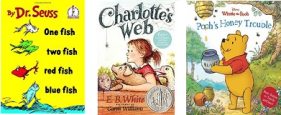 Terry: I loved any of Dr. Seuss’s books. CHARLOTTE’S WEB by E. B. White was another favorite, along with GENTLE BEN by Walt Morey and RASCAL by Sterling North. Even as a child, books with nature and/or animals appealed to me. Oh, and PIPPI LONGSTOCKING by Astrid Lindgren was a girl after my own heart. Being a tomboy, I saw myself in Pippi. I probably read that book perched in a tree!
Terry: I loved any of Dr. Seuss’s books. CHARLOTTE’S WEB by E. B. White was another favorite, along with GENTLE BEN by Walt Morey and RASCAL by Sterling North. Even as a child, books with nature and/or animals appealed to me. Oh, and PIPPI LONGSTOCKING by Astrid Lindgren was a girl after my own heart. Being a tomboy, I saw myself in Pippi. I probably read that book perched in a tree!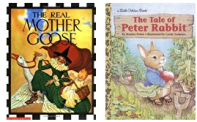 Carol: I remember favorite childhood books as old friends, there was Charlotte’s Web, Alice in Wonderland, Huckleberry Finn, The Tale of Peter Rabbit, Winnie the Pooh and Marguerite de Angeli’s Book of Nursery and Mother Goose Rhymes. I had a bookcase full of Little Golden Books and two large volumes of nature books, Children’s Guide to Knowledge. That’s where I learned of extraordinary creatures such as giant clams, flying squirrels and a strange bird with an extra long tail called a quetzal. Those books fascinated me and, I believe, were the start of my love of nonfiction.
Carol: I remember favorite childhood books as old friends, there was Charlotte’s Web, Alice in Wonderland, Huckleberry Finn, The Tale of Peter Rabbit, Winnie the Pooh and Marguerite de Angeli’s Book of Nursery and Mother Goose Rhymes. I had a bookcase full of Little Golden Books and two large volumes of nature books, Children’s Guide to Knowledge. That’s where I learned of extraordinary creatures such as giant clams, flying squirrels and a strange bird with an extra long tail called a quetzal. Those books fascinated me and, I believe, were the start of my love of nonfiction.


 Read for inspiration: Pour over as many picture books as you can and see if you can find a “mentor text” that inspires you, so that you can use that story for inspiration and run with your own imagination.
Read for inspiration: Pour over as many picture books as you can and see if you can find a “mentor text” that inspires you, so that you can use that story for inspiration and run with your own imagination.








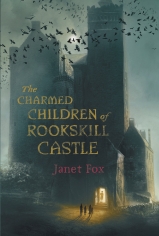
 Elly Swartz is a middle-grade author whose debut novel, FINDING PERFECT, comes out October, 18, 2016 (FSG). FINDING PERFECT is a middle grade story about a twelve-year-old girl named Molly, friendship, family, betrayal, OCD, and a slam poetry competition that will determine everything. Elly lives in Brookline, Massachusetts with her husband, two sons and beagle named Lucy. If you want to connect with Elly or learn more about what she’s working on next, you can find her at
Elly Swartz is a middle-grade author whose debut novel, FINDING PERFECT, comes out October, 18, 2016 (FSG). FINDING PERFECT is a middle grade story about a twelve-year-old girl named Molly, friendship, family, betrayal, OCD, and a slam poetry competition that will determine everything. Elly lives in Brookline, Massachusetts with her husband, two sons and beagle named Lucy. If you want to connect with Elly or learn more about what she’s working on next, you can find her at 
 I couldn’t spell (thank the gods for spell check), but I obviously knew I wanted to write. I wrote all through high school, won a statewide poetry award, but then life got in the way. I wasn’t confident that I could make a living writing. I got interested in environmental issues and went a more scientific path. Even so the sneaky writing muse was watching out for me. I didn’t end up in a lab, I became a planner and project manager with significant responsibilities in, you guessed it, technical writing. But the writing I do for work is as far from creative writing as you can get while still using words.
I couldn’t spell (thank the gods for spell check), but I obviously knew I wanted to write. I wrote all through high school, won a statewide poetry award, but then life got in the way. I wasn’t confident that I could make a living writing. I got interested in environmental issues and went a more scientific path. Even so the sneaky writing muse was watching out for me. I didn’t end up in a lab, I became a planner and project manager with significant responsibilities in, you guessed it, technical writing. But the writing I do for work is as far from creative writing as you can get while still using words. Darcey Rosenblatt’s debut novel will be published by Henry Holt/MacMillan in spring of 2017. KEY TO HEAVEN, an historic fiction, tells the story of a 12-year old Iranian boy sent to fight in the Iran Iraq war in 1982. With her critique group she runs the Better Books Workshop – an annual small deep craft conference held in Northern California. She lives in the San Francisco Bay Area with her fabulous husband and perfect daughter, some fish, and the best dog in the world. By day she is an environmental planner and when time permits she paints and costumes for a 5-8 year old theater.
Darcey Rosenblatt’s debut novel will be published by Henry Holt/MacMillan in spring of 2017. KEY TO HEAVEN, an historic fiction, tells the story of a 12-year old Iranian boy sent to fight in the Iran Iraq war in 1982. With her critique group she runs the Better Books Workshop – an annual small deep craft conference held in Northern California. She lives in the San Francisco Bay Area with her fabulous husband and perfect daughter, some fish, and the best dog in the world. By day she is an environmental planner and when time permits she paints and costumes for a 5-8 year old theater.
